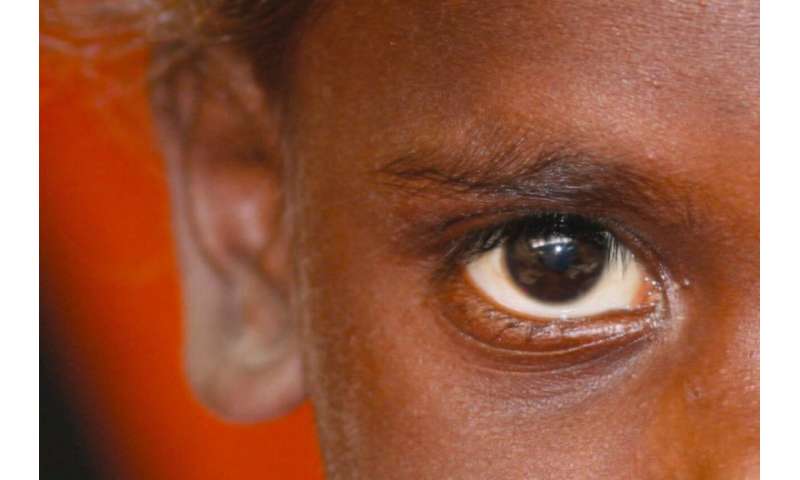
University of Melbourne public health leader and ophthalmologist, Professor Hugh Taylor said 2020 has presented additional challenges with COVID-19 leading to reduced access to eye screening, examination and surgery, all resulting in greater backlogs and patient waitlists.
On the plus side, COVID-19 has led to a shift in the provision of soap, washing facilities and additional cleaning in schools and communities—all important in controlling infection and maintaining eye health.
“Australia is the only developed country with the eye disease trachoma, and housing and environmental health are key to eliminating it,” Professor Taylor said. “Access to soap and washing facilities at home and in school is key, along with ongoing commitment to maintenance and repair of these facilities from the government. The Aboriginal and Torres Strait Islander community led approach to COVID-19 has helped keep communities safe this year. This community controlled and led model must be continued and reinforced when it comes to housing if we are to eliminate trachoma.”
The report also found Aboriginal Community Controlled Health sector continues to increase the proportion of community members accessing health assessments each year.
“This is critical to identify those needing eye examinations through strengthened eye health capacity in primary care,” Professor Taylor said.
“The inclusion of an eye check in these exams then requires safe pathways, and ready access, to specialist eye care at no-cost to patients. Models of care, workforce support, training and investment in capacity building are also key.”
Professor Taylor said he welcomed the Australian Government’s commitment to “ending avoidable blindness in Indigenous communities by 2025” through Australia’s Long Term National Health Plan.
Source: Read Full Article
